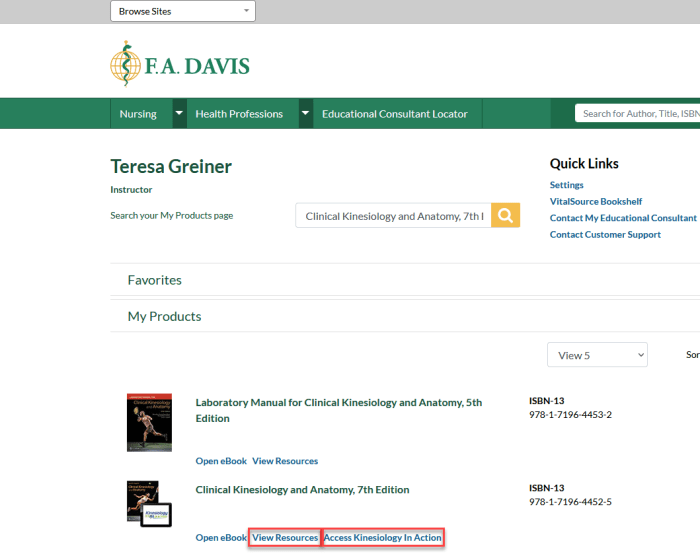Clinical kinesiology and anatomy 7th edition – Clinical Kinesiology and Anatomy, 7th Edition, stands as an authoritative and engaging textbook that delves into the intricacies of human movement and its clinical implications. Designed for students and practitioners in the healthcare field, this comprehensive resource provides a thorough understanding of the musculoskeletal system and its impact on human health.
Through a meticulous exploration of anatomical structures, biomechanical principles, and clinical applications, this edition empowers readers to grasp the complexities of human movement and its significance in clinical practice.
Overview of Clinical Kinesiology and Anatomy 7th Edition
Clinical Kinesiology and Anatomy, 7th Edition, provides a comprehensive and updated exploration of the anatomical and biomechanical principles underlying human movement. This textbook is designed to equip students with a solid foundation in the field of kinesiology, preparing them for careers in physical therapy, athletic training, and other healthcare professions.
Key Features and Updates
- Incorporates the latest research and advancements in clinical kinesiology and anatomy.
- Features over 1,200 full-color illustrations and photographs, providing visual clarity and reinforcement of concepts.
- Includes revised and expanded coverage of muscle activation patterns, joint mechanics, and biomechanics.
- Provides access to online resources, including interactive exercises, videos, and self-assessment tools.
Structure and Organization

The textbook is divided into 12 chapters, each covering a specific aspect of clinical kinesiology and anatomy. The chapters are organized in a logical sequence, beginning with an introduction to the field and progressing through the musculoskeletal system, biomechanics, and clinical applications.
Content and Coverage
Clinical Kinesiology and Anatomy, 7th Edition, covers a wide range of topics, including:
- Anatomical structures of the musculoskeletal system
- Biomechanical principles of movement
- Muscle activation patterns
- Joint mechanics
- Assessment and treatment of musculoskeletal injuries
Illustrations and Visual Aids
The textbook is richly illustrated with over 1,200 full-color images, including photographs, diagrams, and charts. These visual aids enhance the understanding of anatomical concepts and clinical applications, making the content more accessible and engaging.
Pedagogical Features: Clinical Kinesiology And Anatomy 7th Edition

- Learning objectives at the beginning of each chapter provide a clear roadmap for student learning.
- Case studies throughout the textbook illustrate real-world applications of clinical kinesiology and anatomy.
- Review questions and critical thinking exercises at the end of each chapter reinforce comprehension and encourage students to engage with the material.
Clinical Applications
Clinical Kinesiology and Anatomy, 7th Edition, emphasizes the clinical relevance of the content throughout the textbook. Case studies, clinical notes, and other features provide practical examples of how anatomical and biomechanical principles are applied in healthcare settings.
Comparison to Other Texts

Clinical Kinesiology and Anatomy, 7th Edition, stands out from other textbooks in the field with its comprehensive coverage, up-to-date content, and exceptional visual aids. The textbook’s focus on clinical applications and pedagogical features makes it an invaluable resource for students preparing for careers in healthcare professions.
Expert Answers
What are the key features of the 7th edition of Clinical Kinesiology and Anatomy?
The 7th edition features a comprehensive list of key features, including updated content, new illustrations, and interactive learning tools that enhance the learning experience.
How is the textbook structured and organized?
The textbook is organized into logical chapters and sections, providing a clear and systematic approach to the study of clinical kinesiology and anatomy.
What are the pedagogical features employed in the textbook?
The textbook utilizes various pedagogical features such as learning objectives, case studies, and review questions to facilitate student engagement and retention.